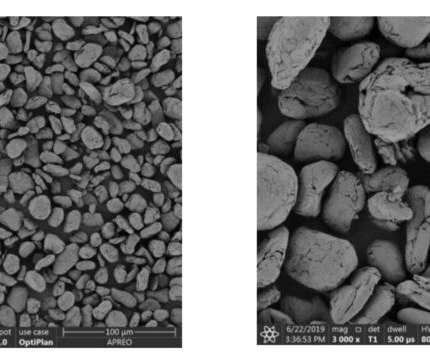Hydro-Québec and Technifin form partnership to license lithium titanate spinel oxide (LTO) technologies for Li-ion battery applications
Green Car Congress
OCTOBER 21, 2011
Hydro-Québec (Canada) and Technifin (South Africa) have entered into an intellectual property collaboration agreement relating to the licensing of their respective intellectual property (IP) in lithium titanate spinel oxide (LTO) technologies, notably for lithium-ion battery applications. It operates at 1.5










Let's personalize your content